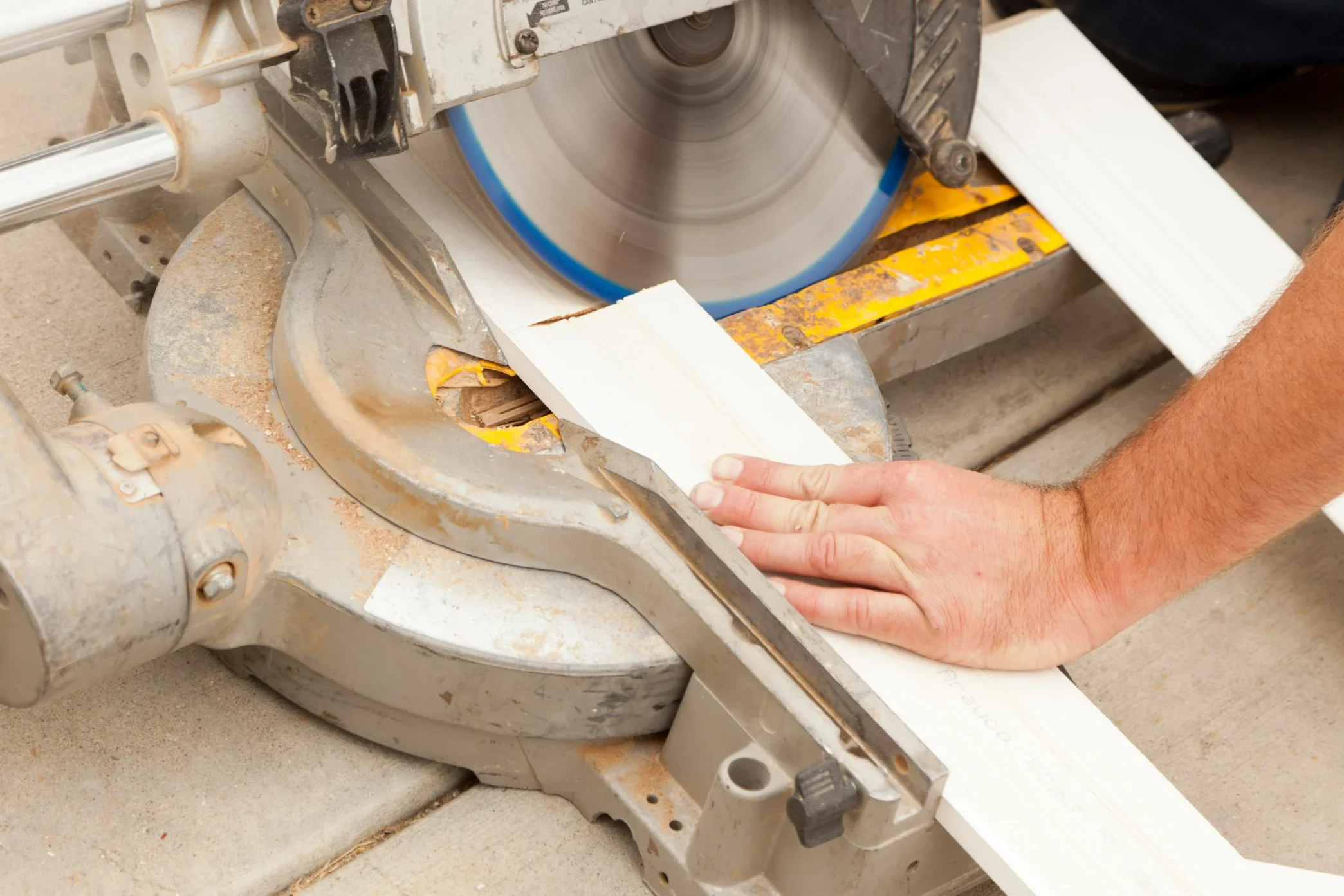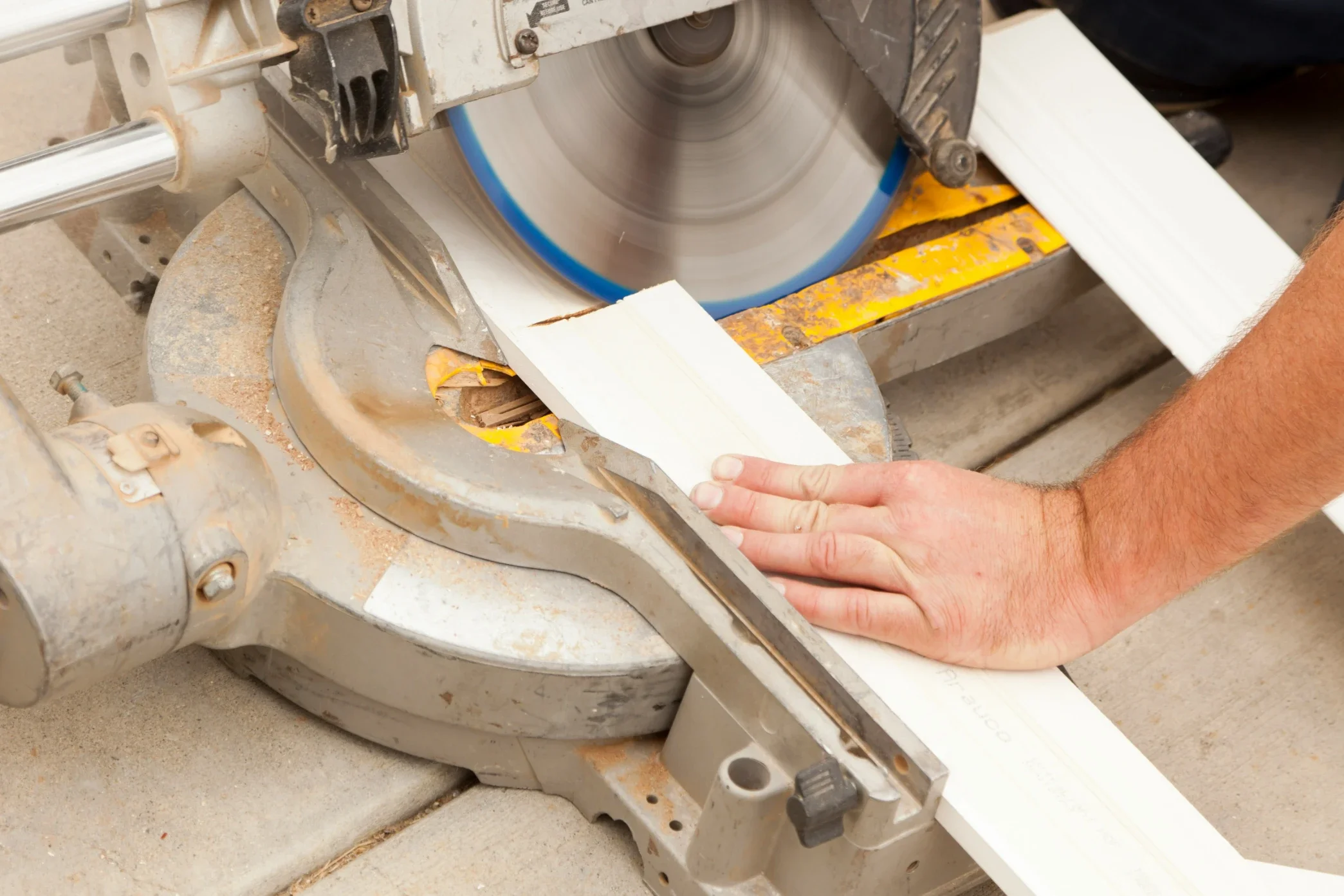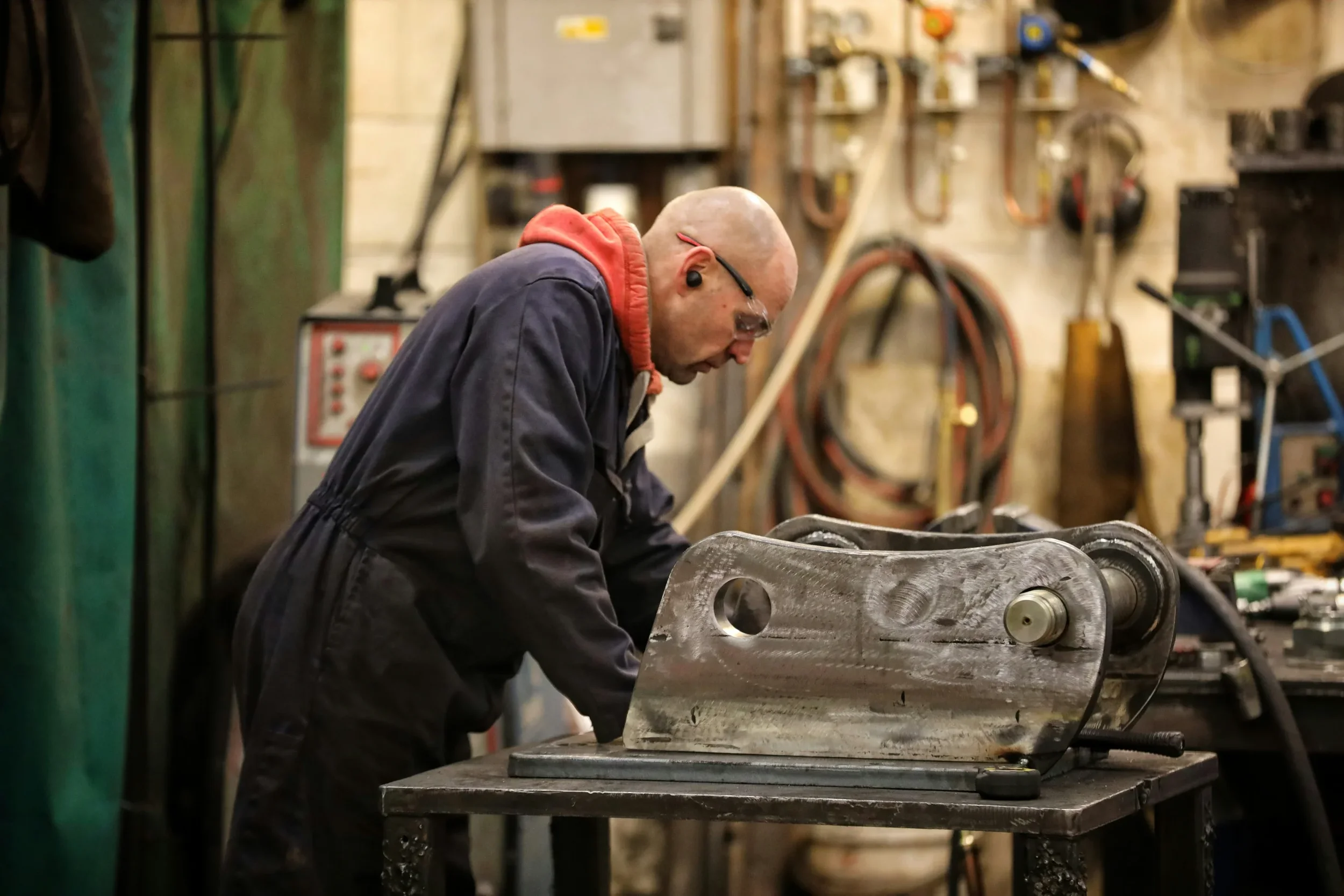Tools Used in Cutting a Piece of Wood
Explore the essential tools used for cutting wood, from hand saws to power tools, and learn which options give the best results for your projects.
Cutting wood is one of the oldest and most essential skills in carpentry. Whether you are building furniture, framing a house, or working on a weekend DIY project, the right tool makes all the difference.
Some tools are designed for precision, while others focus on speed and power. Choosing the right one ensures accuracy, efficiency, and safety.
This guide explores the full range of tools used in cutting a piece of wood, from traditional hand saws to advanced machines like CNC cutters.
By the end, you’ll know which tool fits your project and how to use it safely.
Why the Right Cutting Tool Matters
Wood comes in many forms—softwood, hardwood, plywood, and engineered boards. Each requires different cutting techniques. Using the wrong tool can:
Cause rough edges or splintering.
Waste material with inaccurate cuts.
Slow down your work.
Increase the risk of accidents.
The right tool improves speed, accuracy, and finish quality. It also reduces fatigue, especially during large projects.
Types of Wood Cuts You Need to Know
Before exploring tools, you need to understand the basic wood cuts:
Rip Cut – cuts along the grain. Common when breaking down long boards.
Crosscut – cuts across the grain. Used for shortening boards.
Miter Cut – angled cut across the width of the wood, often for frames.
Bevel Cut – angled cut through the thickness of the wood.
Dado or Groove – channel cut into the surface, useful in joinery.
Resawing – slicing a thick board into thinner planks.
Each cut type influences which tool works best. For example, a table saw excels at rip cuts, while a miter saw makes perfect angled cuts.
Essential Safety Gear Before You Start
Safety should come before speed. Woodcutting produces sharp edges, dust, and noise. Always prepare with the right protective gear:
Safety goggles – protect against flying chips.
Dust mask or respirator – keeps fine particles out of your lungs.
Ear protection – especially for power saws.
Gloves – useful for handling rough lumber.
Blade guards – always keep tool guards in place.
Set up your workspace with good lighting, a stable surface, and proper ventilation.
Hand Tools: Traditional Wood Cutting Options
Hand saws are simple, affordable, and reliable. They remain essential in woodworking:
Crosscut Saw – designed for cutting across the grain. Produces clean, straight cuts.
Rip Saw – teeth are shaped to remove material quickly along the grain.
Coping Saw – small frame saw for curves and detailed cuts.
Back Saw – stiffened spine for precision cuts in joinery (like dovetails).
Hacksaw – not primarily for wood, but handy for thin stock or softwoods.
Pros: Inexpensive, portable, no power needed.
Cons: Slower than power tools, requires more effort.
Best for beginners who want to start small.
Power Tools for Faster Cutting
Power saws bring efficiency and accuracy. They are ideal for large projects:
Circular Saw – versatile, great for straight cuts in sheet goods and lumber.
Jigsaw – handles curves, intricate shapes, and plunge cuts.
Table Saw – a workshop staple for rip cuts, crosscuts, and dados.
Reciprocating Saw – good for demolition and rough cuts.
Cordless Compact Saws – lightweight and portable for small jobs.
Key benefits: Faster cuts, consistent accuracy, and less physical strain.
Specialty Saws for Unique Jobs
Some woodworking requires tools made for very specific cuts:
Band Saw – cuts curves and resaws thick boards into thinner pieces.
Scroll Saw – delicate, intricate designs for fine woodworking.
Chainsaw – used for rough cuts, logs, and outdoor projects.
Fret Saw – detailed work similar to a scroll saw but hand-powered.
Japanese Pull Saw – thin, flexible blade that cuts on the pull stroke for precision
These tools shine in furniture making, carving, or log work.
Hybrid and Multi-Function Tools
Modern woodworking favors versatility. Hybrid tools combine features to save space and money:
Oscillating Multi-Tool – accepts blades for flush cuts, plunge cuts, or sanding.
Track Saw – provides table-saw accuracy with circular-saw portability.
Convertible Saws – tools that switch between jigsaw and reciprocating functions.
Why use them? They’re efficient for small shops or mobile woodworkers who need flexibility.
Modern Cutting Technologies
For professional workshops and advanced projects, technology takes over:
CNC Wood Routers – computer-controlled cutting for high precision and repeatability.
Laser Cutters – create intricate designs and smooth edges in thin wood.
Waterjet Cutters – rare for wood but useful in special industries.
Router Tables – manual but allow precision shaping and cutting.
These tools are expensive but invaluable in mass production and custom woodworking.
Supporting Tools for Accuracy
Cutting wood isn’t just about the saw. Supporting tools ensure accuracy and safety:
Clamps – keep workpieces stable.
Miter Boxes – guide saws for precise angles.
Rip Fences – ensure straight lines with table saws.
Workbenches & Sawhorses – provide support during cutting.
Dust Collection Systems – keep the workspace clean and safe
These tools reduce mistakes and keep cuts straight and consistent.
Environmental Factors and Ergonomics
Good cutting isn’t only about sharp blades—it’s also about workspace comfort and safety.
Dust Extraction – protects lungs and keeps visibility clear.
Noise Reduction – power saws can exceed safe hearing levels.
Ergonomics – adjustable benches and lightweight tools reduce fatigue.
Lighting – proper illumination prevents errors.
Small adjustments in shop setup greatly improve results and user comfort.
Tool Care and Maintenance
Sharp tools are safe tools. Dull blades require more force, increasing accident risk. Maintenance steps include:
Sharpen blades regularly or replace them.
Clean pitch and resin from blades to reduce friction.
Oil moving parts to prevent rust.
Check tension in saw blades and belts.
Store tools properly in dry, organized spaces.
A few minutes of care extends tool life significantly.
How to Choose the Right Tool for the Job
Selecting a tool depends on the project:
Furniture making – needs precision → table saw, miter saw, scroll saw.
Framing or construction – speed matters → circular saw, reciprocating saw.
DIY or hobby work – versatility counts → jigsaw, oscillating multi-tool.
Log cutting/outdoor – chainsaw is best.
Ask yourself: What cut do I need? How precise should it be? How often will I use this tool?
Beginner-Friendly Tool Recommendations
For those just starting woodworking:
Coping Saw – easy and cheap for detailed cuts.
Cordless Jigsaw – versatile and forgiving for beginners.
Circular Saw with Guide Rail – good mix of speed and accuracy.
Clamps + Miter Box – help with control and safety.
Safety Glasses & Dust Mask – essential from day one.
These cover most beginner projects without overwhelming complexity.
Conclusion and Next Steps
Cutting wood is a skill that depends on the right tool. From the simplicity of a hand saw to the precision of CNC routers, each tool has its role. Beginners should start small, while professionals can explore specialty and hybrid tools.
If you’re ready to upgrade your woodworking, explore hand saws, power saws, and woodworking accessories in online stores. The right tool will save time, improve results, and make woodworking more enjoyable.
FAQs About Cutting Wood Tools
1: What is the easiest tool for cutting wood?
hand saw or jigsaw is simplest for beginners.
2: Which saw cuts wood the fastest?
circular saw or chainsaw, depending on the type of wood.
3: Do I need both hand saws and power saws?
Yes. Hand saws are good for small precise tasks, while power saws save time on larger projects.
4: How do I keep saw blades sharp?
Use a file, sharpening kit, or replace dull blades when necessary.













